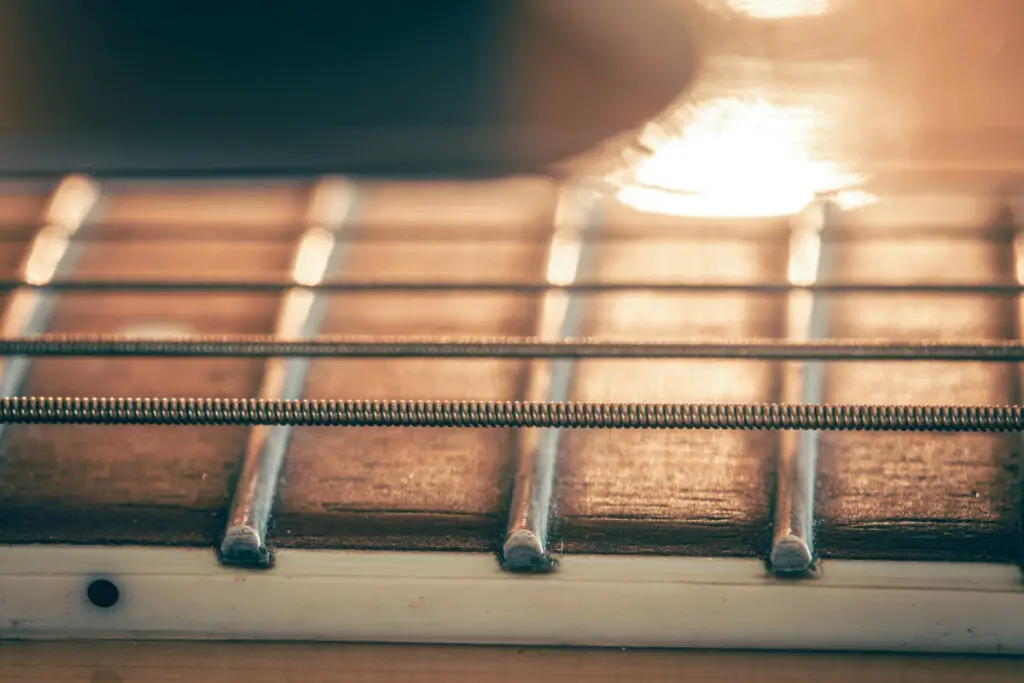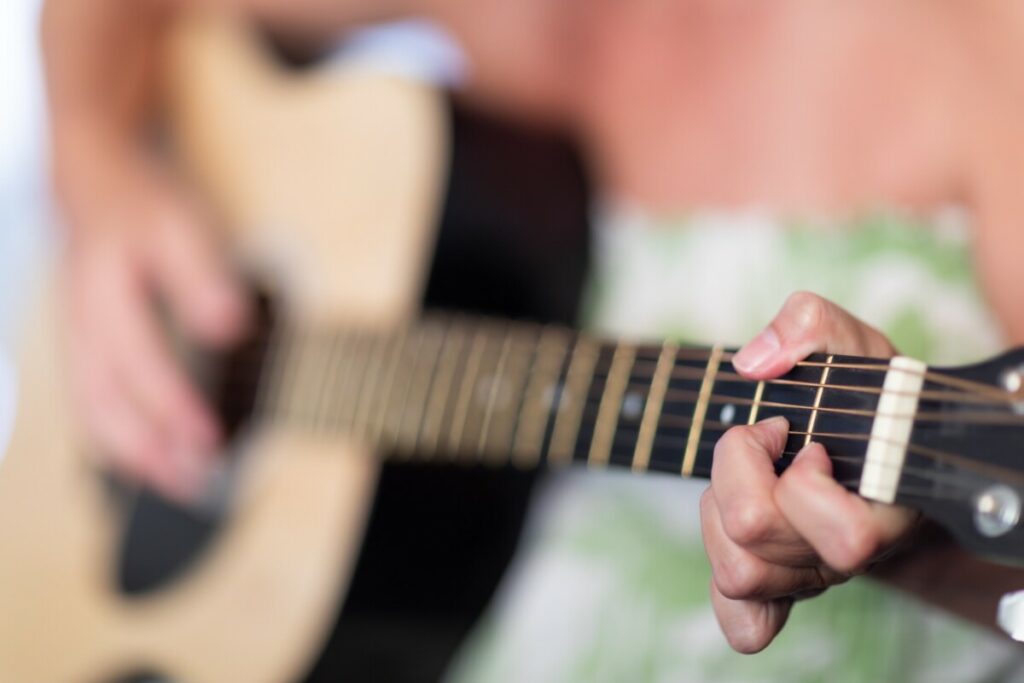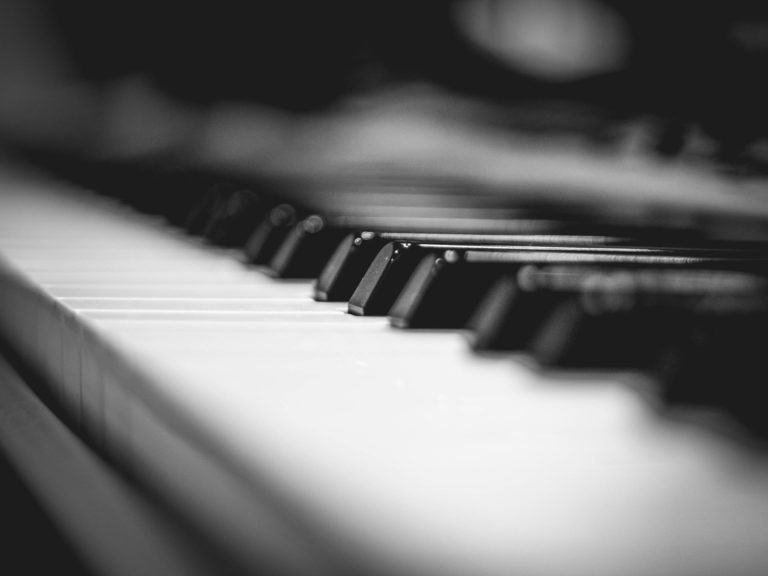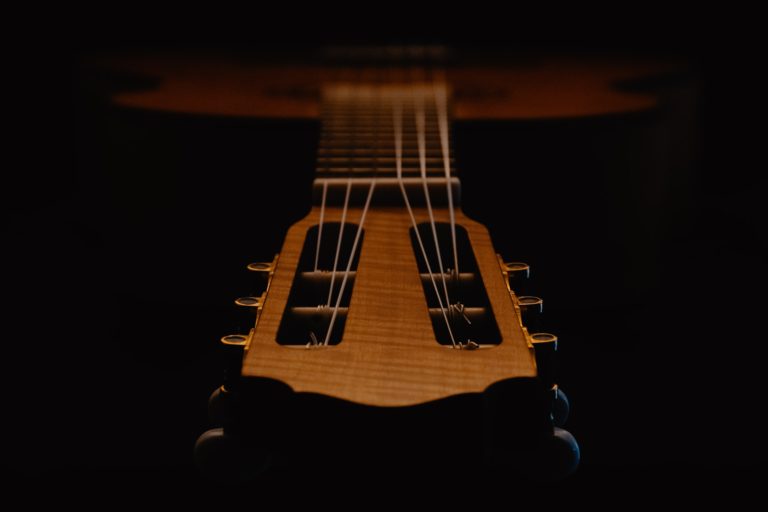What Is A Guitar Fret? How To Use Them
When we look at a guitar, one of the many familiar attributes of a guitar is its neck. This neck has many features, such as frets that scale along it. Though a standard attribute on many stringed instruments, many do not know a guitar fret or its purpose. So, what is a guitar fret?
A guitar fret is a single strip of metal embedded in a guitar’s neck. A series of frets on a guitar neck allows the user to understand the notes behind the pitch of the notes while playing. Fret counts will vary between guitar models. Though a guitar with a fret is recommended, playing a fretless guitar is possible.
As you can see, the fret is the primary reason notes on a guitar change while playing. In this article, we will dive deeper into the guitar fret’s functionality, their origins, and if they are necessary.
The Origin of the Guitar Fret
When guitars were first developed, manufactured, and used, they did not have a dedicated fret system or fretboard. Instead, guitar players relied on their ears and instincts to play the right notes and master the craft.
Many other stringed instruments with a neck component at the time also did not have frets. When frets became popular around the 1900s, nearly every stringed instrument, especially guitars, utilized them.
Frets were designed to allow ease of use when playing any stringed instrument featuring them. They made it easier to play accurate notes and for new instrument players to learn how to play stringed instruments. Players didn’t have to determine whether or not they were playing the right notes by ear; they could instead look at the guitar to see what fret they were playing. This is good because most people don’t have perfect pitch, making it hard to decide what notes are being played just by listening.
Frets provided a consistent measurement gauge for musicians to know they played the same note. Before frets were utilized, it was much harder for guitarists and instrumentalists of other stringed instruments to play together. While it was possible to tune the guitars to one another, each guitarist would place their fingers in different areas on the neck, impacting the resulting sound and notes, even if the difference was too small for most people to notice recognize immediately. Now, guitars can be tuned to one another, and musicians can know that their fingers are in the same location on the neck of the guitar through reference to the fret location.
Today, frets are a staple in nearly all stringed instruments, and it is often hard to find non-fretted string instruments. They are great for helping musicians of all levels achieve the same level and intonation standard.
Different Types of Guitar Frets Throughout The Years
Surprisingly, guitar frets used to be made from bones, as metal was a rare commodity. Just about every bone that was thick enough has been used as a guitar fret.
Bone frets
The most commonly used bone was a femur or humerus bone in cows. These bone frets have also been cut from the pelvis, tibia, or even areas in the cow’s forelegs. When metal became accessible to many businesses, bone-made frets were quickly phased out of production, as metal frets are more durable than bone frets.
Metal frets
The first metallic frets used on a guitar were known as “bar frets.” Bar frets were a lot thicker than today’s frets, and one of their most distinguishing features was that they were squared on the base of the guitar neck. They were also flat and angled. Today, guitar frets are rounded.
T-frets
In the 1920s, “T-frets” were developed. T-frets feature the now well-known for having rounded tops. This change in design was a more ergonomic solution to the harsher, angled bar frets.
Rounded frets
Having rounded frets made it easier for musicians to play with the hand position of their choice. Rounded frets also help with the guitar chord structure. Some guitars use flatter frets for playing with a single string so that there will be a light buzz in the tone of the notes being played on them.
These T-frets are also thinner than their bar fret counterparts, and when looking at a side profile, one will quickly realize that the T-frets are shaped like a “T” or even a mushroom. Bar frets are pretty blocky.
T-frets are designed to be more secure on the guitar neck, with small hooks near the base. Bar frets were less secure, meaning musicians frequently lost the bar frets on their guitars. This is another explanation for why the shift was made from flat frets to rounded ones; it allows the sound to be more explicit in tone and more exact in pitch.
Rounded T-frets are the most common form of guitar frets today. One can find a bar-fretted guitar or one that has flat frets. Most people prefer using rounded and T-fretted guitars, so they are made much more often. It is likely more expensive to purchase a flat-fretted or a bar-fretted guitar because they are older and less common.

Fret Count on a Guitar
A standard electric guitar neck will have around 19 total frets from the “head” to the “body” of the guitar.
A total of twelve frets are located between the head and the body of the guitar, while the remaining seven frets are located on the body itself, as the guitar neck is embedded in the body.
For acoustic guitars, the fret count between the head and body is similar to that of an electric guitar but varies slightly.
With a classical guitar, this type rarely requires more than 12 frets, as it doesn’t often go into high-pitched notes. Finding a classical guitar with more than 12-14 frets is unusual.
Lastly, bass guitars have about 21-24 frets. A standard bass guitar requires a lot of frets to provide a punchier sound, as a bass should. This fret count can also apply to electric guitars if the user desires a brighter tone.
The high fret count on the bass guitar also allows the user to shift notes easily, which is good considering the bassist has to assist the drummer’s rhythm in conjunction with the rest of the band.
Many people don’t consider the fret count when purchasing or playing guitar. A general number is used, and few guitarists know the difference well enough to favor one much more.
Frets are formally numbered from the “first fret” at the base of the head to the 12th or 14th fret at the base of the body. In other words, the numbered fret is labeled in numerical order from lowest to highest when scaling from the head to the body of the guitar. This makes it easy for new guitar players to learn how to use frets without counting.
How to Play The Guitar Using Frets As A Guide
To use the fret on a guitar, first make sure that your fingertips are placed behind the desired fret, with the chosen string pressed firmly on the guitar neck. If not firmly pressed, the note will be unable to produce the desired sound, resulting in incorrect or distorted notes. This also means that when using a fret, don’t place your fingers directly on it, as it will produce a “muted” sound.
Using firm pressure does not mean that you should press on the string as hard as possible. Pressing too gently or strongly will make the string produce a muted sound. It may be hard to initially use the right amount of pressure, but practicing regularly will become easier over time.
Here are some tips to keep in mind while using a guitar fret.
- Ensure that your fingers are not too close to any other strings so you don’t accidentally press on or strum them and play an incorrect note unintentionally or dampen the correct note’s sound.
- Ensure your hand is relaxed to prevent strain on the arm and fingers. This includes having the knuckles wrapped around the guitar’s neck and the thumb placed behind the neck, comfortably supporting the hand.
- When scaling up and down the guitar neck, the entire hand must comfortably adjust itself to play new notes. This is either making micro-adjustments to the fingers or moving the hand from one end of the guitar neck to the other.
Guitar Fret Components
Guitar frets are commonly made out of nickel and copper. This metal combination is called “nickel silver,” though silver is not used to make guitar frets. In addition to these two primary resources, zinc, lead, and cadmium are essential materials used in guitar fret making.
Guitar frets are sized and placed based on the guitar’s neck size and depth.
For example, for a lengthy guitar neck with a thin neck, frets manufactured for these “narrow” necks must fit firmly onto the neck and be appropriately spaced. If the narrow guitar neck requires 19 or 24 fret counts, one must decide what number of frets will be on the base of the neck and when the remaining will sink into the guitar’s body.
Many factors come into play, such as the type of guitar, the desired tone sounds relative to the guitar type, and the length of the guitar neck. This is why many talented and professional musicians own more than one guitar. Some will purchase dozens of different guitars and use them for specific songs to have the exact type of sound they prefer.
Much like fret count, many do not consider the fret type on a guitar, as this is an easily bypassed feature. Even professionals are unlikely to have strong opinions about the number of frets, though there may be specific instances in which they prefer one option.
Are Fretless Guitars Still Available?
Though fretted guitars are the most common and preferred version, fretless guitars are available. As the name suggests, a fretless guitar is any guitar that doesn’t have frets on the guitar neck.
One may think that playing the correct chords and notes on the guitar is impossible without frets. However, this is not true. It may surprise some people, but some musicians prefer a guitar with no frets and do so as a specific stylistic decision.
With a fretless guitar, a skilled guitar player can produce accurate notes like a fretted guitar. The primary requirement to make this happen is a good musical ear. Some musicians don’t rely on frets but instead focus on the sound of the music.
While playing a fretless guitar, the hand and finger placements are the same as traditional fretted guitars. The only difference is that a fretless guitar player must play by ear.
Playing by ear involves knowing where to place your fingers and how much pressure is required without the assistance of a guided system such as frets.
If someone were to instruct the average guitar player to place “2nd finger, 3rd fret” on a fretless guitar, it is safe to say that they will struggle to find the correct position. They may know where to go but not exactly where to put their fingers.
Fretless guitar players can visualize where frets would be and play from there. These musicians can play according to their style with a little more freedom from others.
Fretless guitars are one of the unique guitar instruments on the market and are popular among jazz and blues players due to their unique “buzzing” sound.









